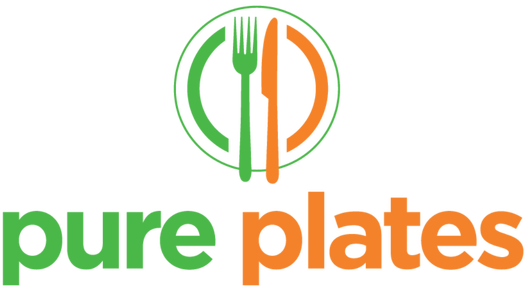Why your hunger signals matter for your health goals
Understanding your hunger cues may be one of the most important things when it comes to nourishing your body with the appropriate foods and following a balanced, well-rounded diet.
What are hunger signals
Hunger cues are your body’s way of telling you that it needs energy. These cues are used throughout the day to communicate with you, and we may move through various cues throughout the day. Typically, when we wake up, we feel hungry. Feeling hungry means that our body requires energy in the form of calories. Another cue is satiety. This is when we feel satisfied with our current energy levels and don’t require any energy. Satiety is also known as fullness. Overly full is another signal we may experience at times when we’ve gone past our satiety level.
These cues may vary throughout the day depending on what we eat, our physical activity levels, hormones levels, and more. Next, we’ll discuss why your hunger cues are important in order to reach your health goals.
Tells our body what it needs
Your hunger cues are the number one way that your body is telling you what it needs. When its hungry, it needs energy in the form of food. When its full, it doesn’t need energy. Responding to these cues is important because nourishing our body provides us with many vital functions for our daily needs. Consuming food helps us to pump blood throughout our body, build muscle, breathe, and so much more. Consuming inadequate energy, and by not responding appropriately to our hunger cues, can also impact us negatively. This may increase risk of infection or illness, for example. As we mentioned earlier, our body’s daily needs also vary depending on many factors. When we are undergoing chronic stress, for example, our energy needs will be different than a stress-free day. Our body has a unique ability to understand what it needs.

Portion sizes
When we’re in tune with our body’s needs, we’re also more likely to make nourishing food choices. When we haven’t eaten and our hunger cues are stronger, we’re more likely to need and require a larger portion size to meet our nutritional needs. On the other end, when we have eaten a good amount previously, we’re likely to require less energy and therefore a smaller portion size.
Navigate emotional eating
Emotional eating is one of the more common struggles we hear regarding nutrition struggles. Many tines, factors outside of our hunger, such as emotions, can impact our food choices and food consumption. Emotional eating is one of those things. Emotional eating is when we eat in response to a certain feeling that we are experiencing. Eating can help us to cope with that emotion. Emotional eating guides what we eat, how much we eat, and when we eat. When you are truly in tune with your hunger cues, however, you’re better able to navigate emotional eating. When the desire to emotionally eat arises, you’re more likely to tune in to your hunger and reflect if you’re truly hungry, or if you’re just feeling a certain way.
Bored eating
Similarly, bored eating can take over what we eat, how much we eat, and when we eat. It’s common to lean on sweets or carb-based items when we eat out of habit because they are reliable, taste good, and make us feel good. Bored eating is when we eat out of habit rather than with a purpose. Bored eating usually leads to overeating. This can lead to guilt and shame for what we’ve consumed. By utilizing our hunger cues, we can better prepare for bored eating and decide if we’re actually hungry at the present, or just eating out of habit and boredom.

How to measure our hunger levels
Throughout the day, take note of how you are feeling before, during, and after meals and snacks. It can be helpful to think of your hunger level on a scale of 1-10. This hunger-fullness scale is taken from Intuitive Eating Principles. You can learn more about intuitive eating here.
1 – Completely ravenous
3 – Hungry / ready to eat
4 - Slightly hungry
7 – Satisfied
8 – Ate a little too much
10 – Stuffed almost to the point of being sick
Before, during, and after meals and snacks, think about the above scale. Where are you at the present? If you’re a “3 or below,” it’s time to eat! A “7 or above” would mean it’s time to stop eating. While it may seem funny to think of your hunger on a scale, it gets easier and more intuitive the more you do it! By utilizing this approach, you’re also more likely to appropriately nourish your body, overeat less, and make better food choices.
Put it all together
Your hunger cues matter when setting nutrition goals because your hunger cues tell you when you’re full and when it’s time to eat. This can help you to eat the appropriate amount and prevent overeating. Remember, using the hunger-fullness scale won’t be perfect overnight. Like all habits, it becomes easier the more you do it. Remind yourself to practice self-compassion. Sometimes we eat when we’re emotional and not hungry, and that’s ok.
What matters is what we’re doing a majority of the time because this is what contributes to our overall health. This is where Pure Plates comes in! Pure Plates can help you with your health goals by providing you with nourishing food choices. By having these choices available straight to you, you’re more likely to build consistent eating habits and therefore reach your health goals!
Looking for more info on the food choices we have right now? Check out our Newest Items here.

